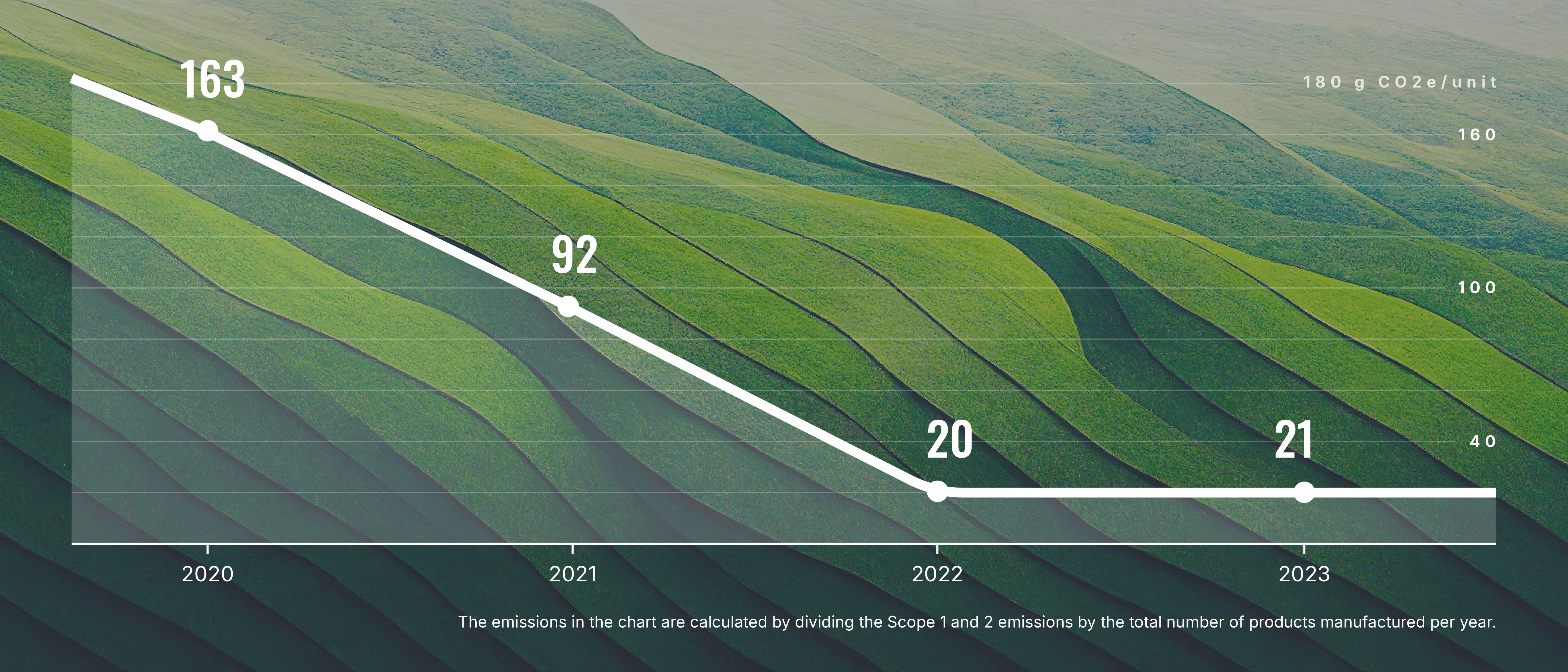
ENVIRONMENTAL RESPONSIBILITY
The Internet of Things helps people and businesses in their daily tasks by tracking metrics, automating processes, and optimising performance, which results in reduced energy consumption and minimum need in human intervention. That is why IoT is a key technology enabler for green growth, helping to optimise resource usage and decrease negative environmental impact in various sectors.
ENVIRONMENTALLY FRIENDLY SOLUTIONS
Powered by Teltonika
Teltonika contributes to the green growth and sustainability efforts of other businesses by providing the necessary technologies. Our products enable real-time data transmission and remote management, improve operational efficiency, optimise energy consumption, and reduce waste, thus improving overall sustainability.
HOW TELTONIKA PRESERVES THE ENVIRONMENT?

ENVIRONMENTAL SUSTAINABILITY IN PRODUCTION
Teltonika's steps towards environmental sustainability goals
.jpg)
USING SOLAR ENERGY
Since 2021, the Teltonika EMS production facilities use certified renewable energy with guarantees of origin as well as solar energy. The 500kW solar panel system installed on the newly established Teltonika Technology Centre in Molėtai should cover around 50% of energy demand, and the 144kW solar panels installed on the production plant in Vilnius supplies about 10% of demand.
-1.jpg)
CALCULATING SCOPE 3 EMISSIONS
To reduce our greenhouse gas emissions as much as possible in the future, we calculate Scope 3 (indirect) emissions produced by our manufacturing facilities. Assessing our Scope 3 emissions helps our company group to understand our full value chain emissions and prepare realistic targets of minimising our carbon footprint.
-2.jpg)
BUILDING A SUSTAINABLE PRODUCTION HUB
Teltonika, as part of AGP Investments holding, is on the way to create a Europe-based, sustainable IoT technologies development and manufacturing hub that operates on renewable energy. By having electronics, plastic parts, and PCB factories as well as semiconductor chip assembly, testing, and manufacturing facilities in-house in Lithuania, we will be able to create our devices from chips to the final solutions, controlling the whole production process and all the materials used. This way we will produce low-energy products, ensuring the minimum energy consumption costs. It will also allow us to lower our greenhouse gas emissions related to long-distance shipping.





